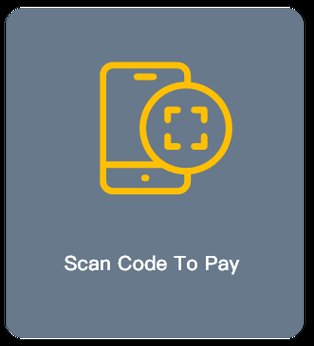
Are you tired of carrying cash or searching for your wallet every time you need to make a payment? Look no further! Apps that pay have revolutionized the way we handle transactions, offering convenience, security, and a plethora of features. In this detailed guide, we will explore the ins and outs of these apps, helping you understand how they work, their benefits, and how to make the most out of them.
Understanding Apps that Pay
Apps that pay, also known as mobile payment apps, allow you to make transactions using your smartphone. These apps work by connecting to your bank account, credit card, or other payment methods, enabling you to pay for goods and services with a simple tap or scan.

Here are some popular apps that pay:
| App | Description |
|---|---|
| Apple Pay | Apple Pay is a mobile payment and digital wallet service by Apple Inc. It allows users to make payments with an iPhone, iPad, Apple Watch, or Mac. |
| Google Pay | Google Pay is a mobile payment service operated by Google. It allows users to make payments using their Android device, Google Wallet, or any other supported payment method. |
| PayPal | PayPal is an online payment system that allows users to send and receive money securely. It can be used for online purchases, peer-to-peer money transfers, and more. |
| Samsung Pay | Samsung Pay is a mobile payment service developed by Samsung Electronics. It allows users to make payments using their Samsung smartphones or smartwatches. |
How Do Apps that Pay Work?
Apps that pay use various technologies to facilitate transactions. Here are some of the most common methods:
-
NFC (Near Field Communication): This technology allows you to make contactless payments by simply tapping your smartphone on a compatible payment terminal.
-
QR Codes: QR code-based payment apps require you to scan a QR code displayed at the checkout counter to complete a transaction.

-
Magstripe: Some apps that pay support magstripe technology, allowing you to swipe your smartphone like a traditional credit card.
Benefits of Using Apps that Pay
Apps that pay offer numerous benefits over traditional payment methods:
-
Convenience: With apps that pay, you can make transactions anytime, anywhere, without the need to carry cash or cards.
-
Security: These apps use advanced encryption and security measures to protect your financial information.
-
Speed: Transactions are processed quickly, reducing the time spent in queues.
-
Customization: Many apps that pay offer features like budgeting tools, loyalty programs, and personalized recommendations.
How to Get Started with Apps that Pay
Getting started with apps that pay is a straightforward process:
-
Download the app of your choice from the App Store or Google Play Store.
-
Open the app and follow the instructions to set up an account.
-
Link your bank account, credit card, or other payment methods to the app.
-
Start making payments using the app.
Top Tips for Using Apps that Pay
Here are some tips to help you make the most out of apps that pay:
-
Keep your app updated to ensure you have access to the latest features and security updates.
-
Regularly review your transactions to keep track of your spending.
-
Take advantage of any loyalty programs or discounts offered by the app.
-
Be cautious when using public Wi-Fi networks to avoid potential security risks.
Apps that pay have transformed the way we make transactions, offering a convenient, secure, and efficient alternative to traditional payment methods. By understanding how these apps work and taking advantage of




